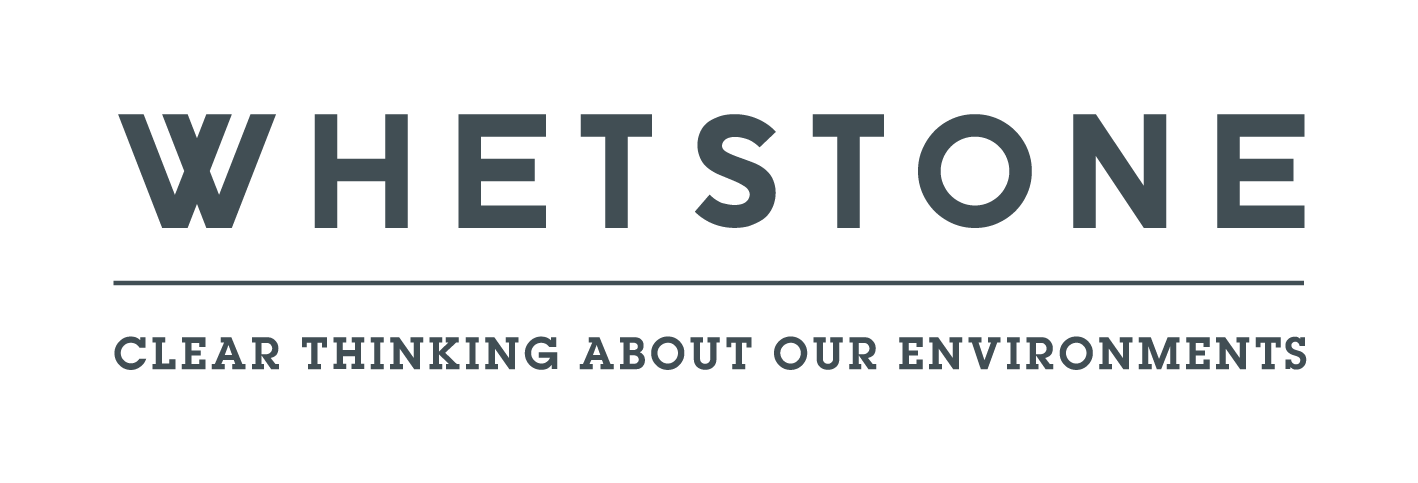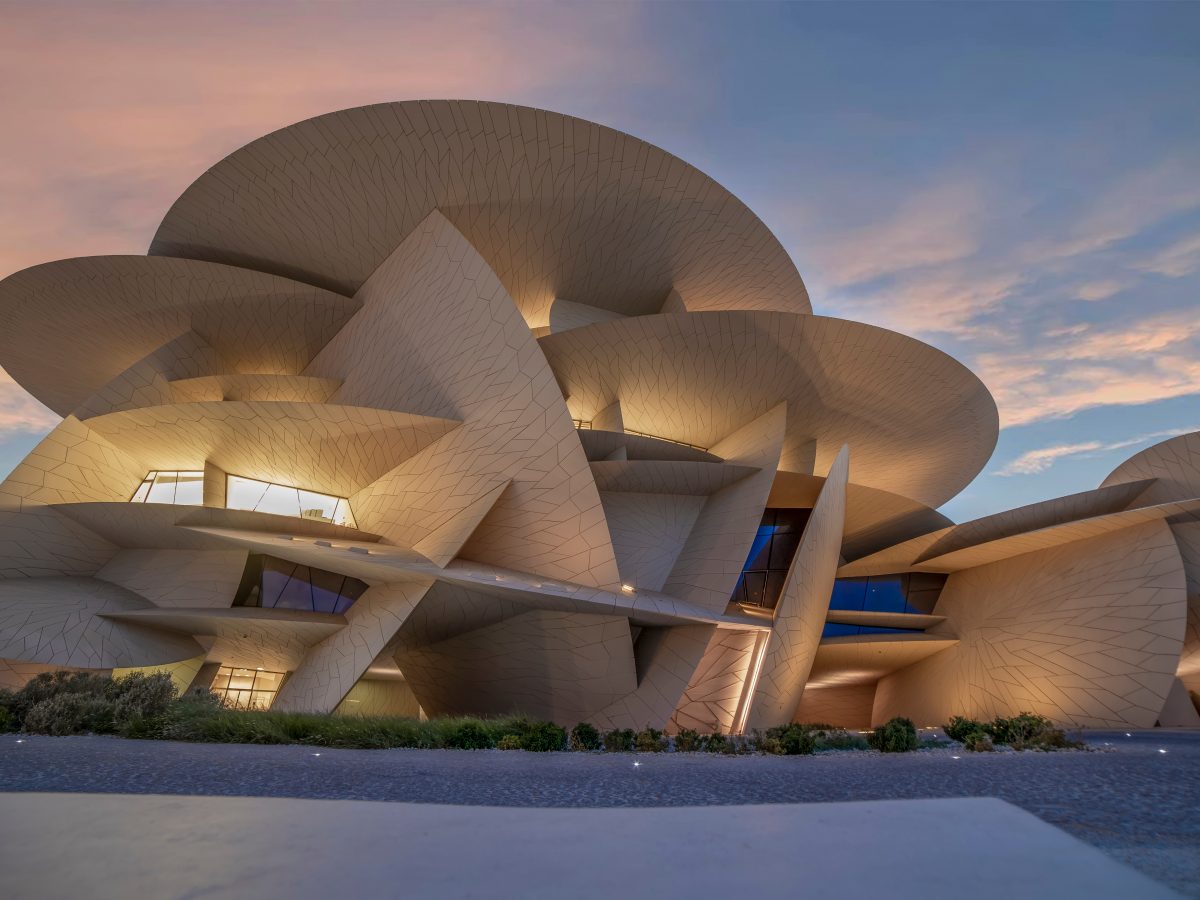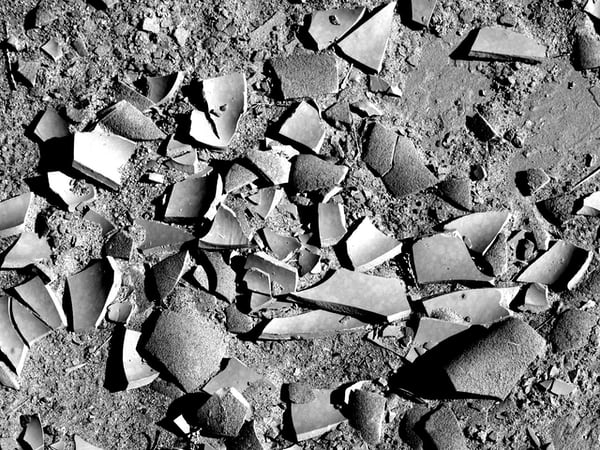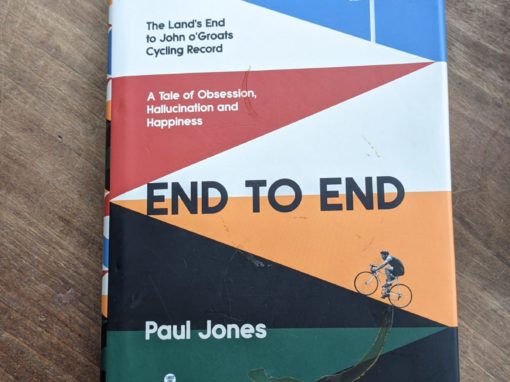Hilary Jennings and I are talking in my kitchen. The doors and windows are thrown open – prophylactic against Covid – but despite the mildness of the day, passing showers burst with almost Biblical intensity. Pestilence and tempest. Fitting backdrops for our conversation, for we are here to talk about climate change and the role museums might play in our collective response.
Hilary is a director of the Happy Museum. Not a physical museum, but a movement, the Happy Museum challenges the entire sector to respond to the linked threats of climate change and the faltering of human wellbeing. How can museums expand from their traditional territories to become stewards of ‘people, place and planet’?
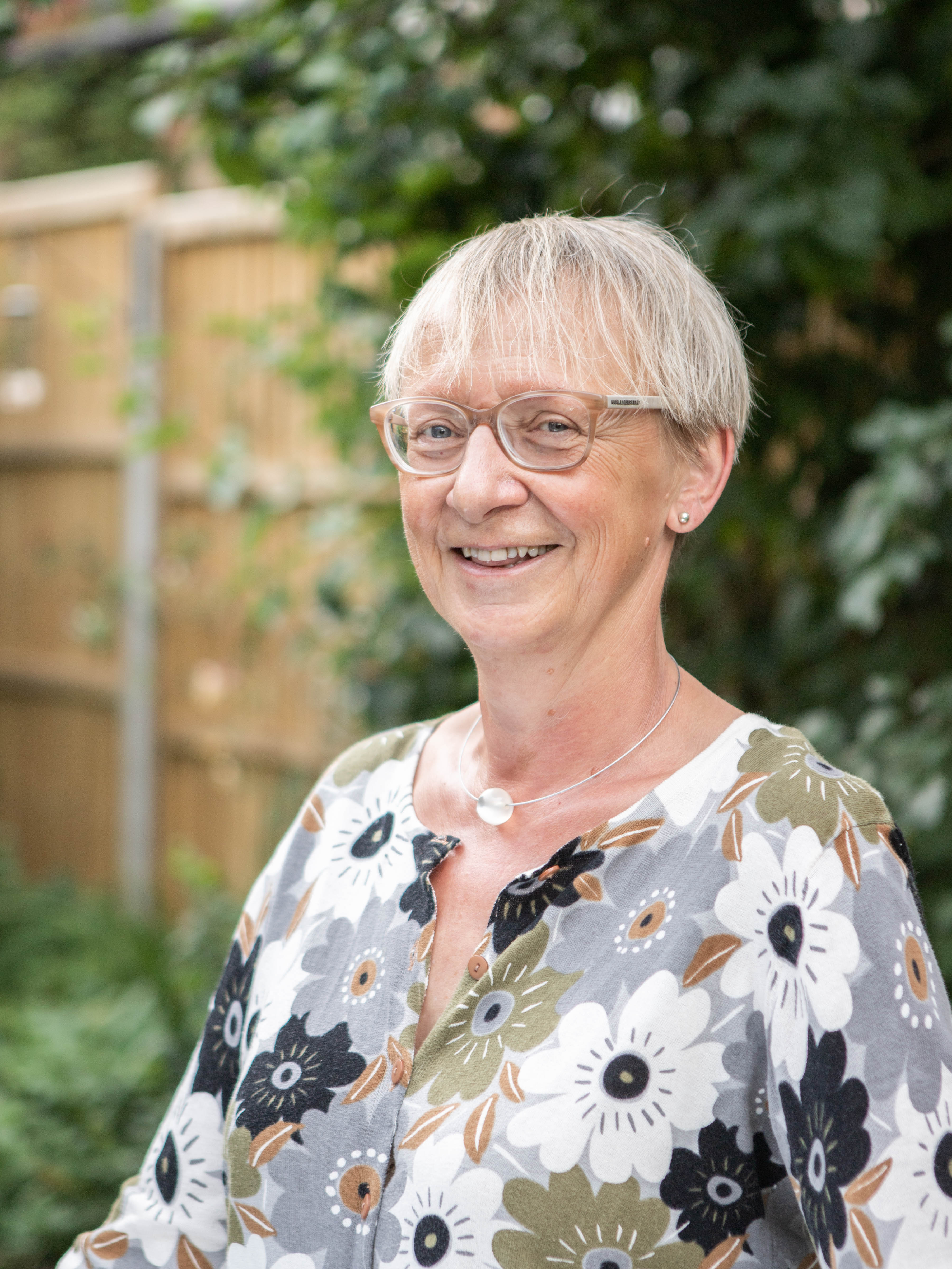
This is a new area for me, and fascinating. I will happily – and much to my boys’ irritation – gorge myself for hours on museums. But if pressed, in ignorance, I would have said they were essentially retrospective. Their collections look backwards. They invite us to contemplate histories. And if, etymologically, the museum is the home of the Muses, then memory – Mnemosyne – is their mother. Museums, I would have said, house our collective memory. Nothing wrong with that, but Hilary quietly and gently steers me to a richer understanding of what a museum is, what a museum can be.
Hilary plays down her knowledge and expertise. But a quick look at her CV reveals a rich hinterland. She has worked for years with craftspeople, and across the museum and cultural sectors, and is a co-chair of Transition Network, a global movement promoting localised, community-based responses to major contemporary challenges. At the heart of her interests lie enduring concerns that map directly on to the Happy Museum: the interdependence of human wellbeing and the health of our ecosystems and environments. ‘Multi-solving’ is part of her lexicon. She sees a link between the drivers of climate change and the forces corroding human wellbeing. These forces are inevitably complex, but asked to describe them – or at least their effect – in one word I would say: disconnection.

Hilary’s account of what afflicts us – and of how we might respond to those afflictions – is linked to the various ways in which contemporary life disconnects us: from the objects we use, the places we live, from face-to-face relationships, from our bodies and from the world around us. At the heart of it lies a certain kind of individualism – the individual, particularly the consuming individual, as the toehold of value. And behind this lonely individualism lie recent decades of triumphant neoliberalism, of unfettered markets and grotesque inequality, with their systematic corrosion of social solidarity, their distrust of collective solutions, their downplaying of ordinary human virtues: altruism, compassion, fairness.
So what has this to do with museums? Hilary has been heavily influenced by the work of Tony Butler, whose work as CEO of the Museum of East Anglian Life inspired him to set up Happy Museum. What Tony saw in East Anglia made it clear that museums had far more to do than husband their collections. Instead of looking just inwards and backwards – at their holdings and their histories – dynamic museums look outward and forward. In East Anglia, people came not just to look, but to engage, to participate, to build and to co-create. And in doing so their wellbeing improved, they re-connected – yes to their past, but also to the people around them, to the places they inhabited and the heft of the objects they handled. The potential for museums to become living parts of their communities.
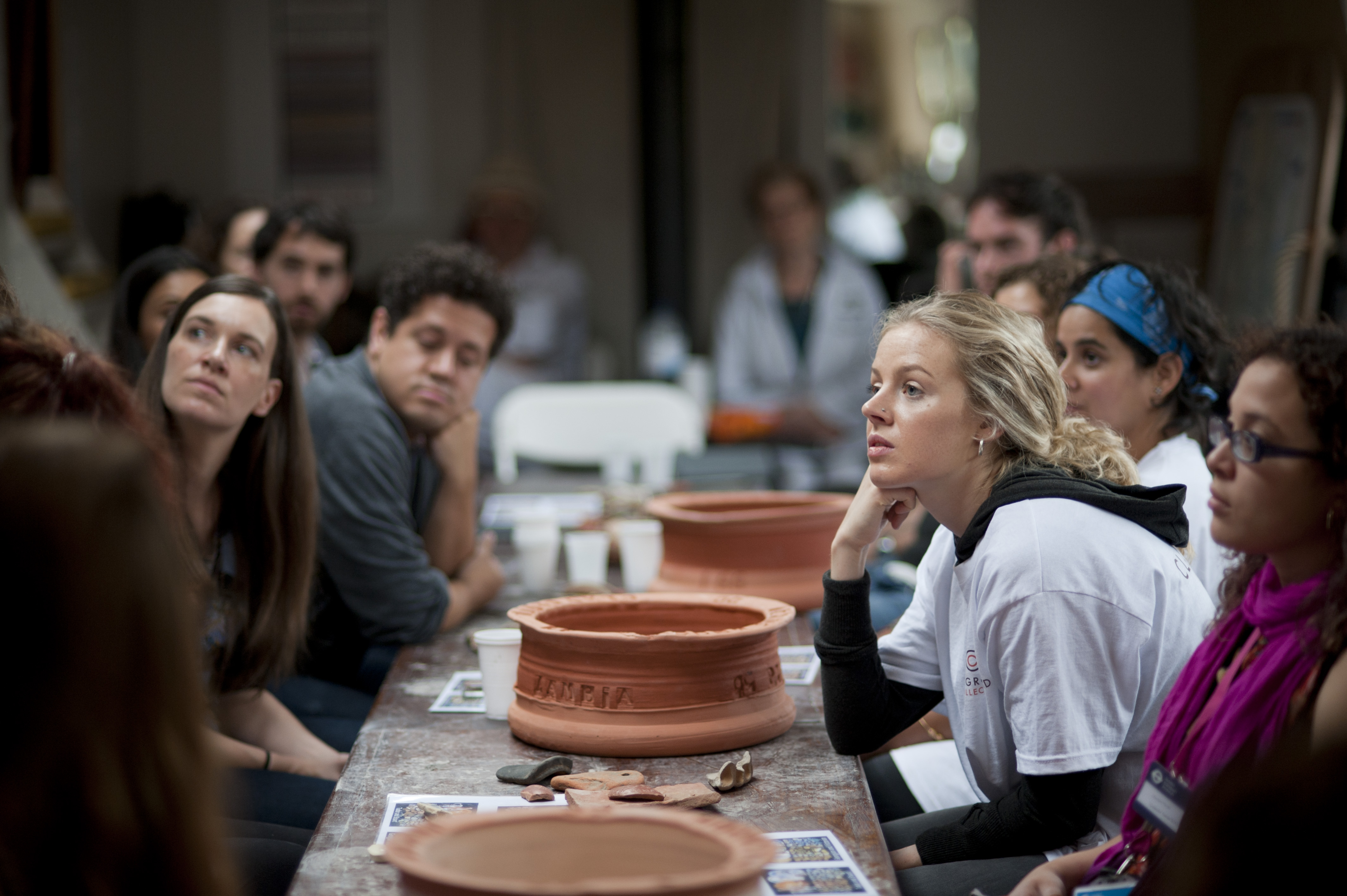
The question of objects is never far from our talk. On the one hand, the grainy satisfaction of objects crafted by human hands; on the other the proliferation of objects mass produced for immediate disposal and their catastrophic impact on our environment. Like the Sorcerer’s Apprentice we have released some malign charm that forces objects to replicate without cease, and we are suffocating in them.
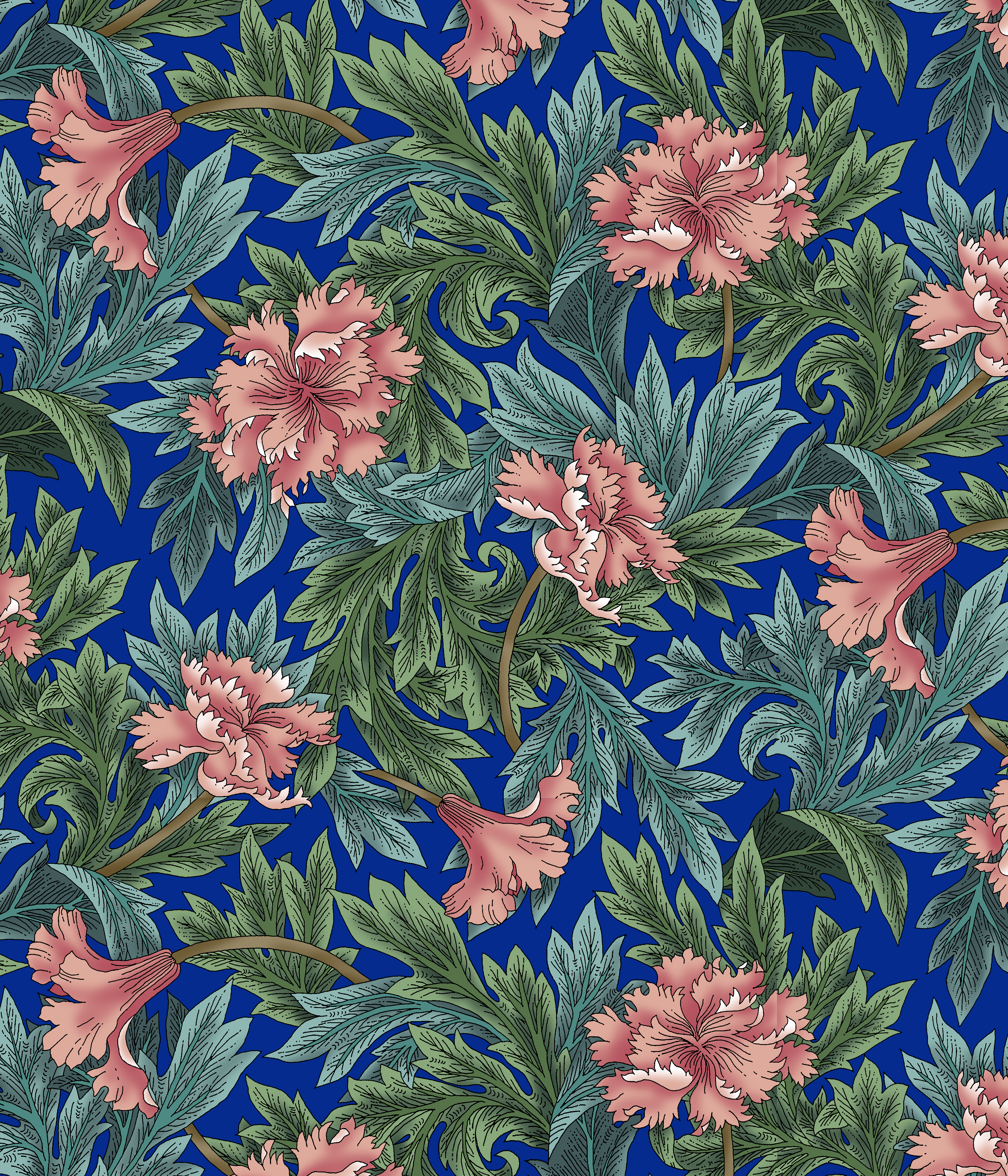
Hilary’s heart is with craft making – I imagine her a fan of William Morris and his exalting of the hand made and the homespun over the mass produced – but she talks interestingly of the complexity of a museum’s relation to its objects. Notoriously of course there is the question of theft – of the west filling its museums with colonial plunder. Hilary has lent me The Brutish Museums. It is not an easy read, knotty with jargon, but it recounts the British sacking of Benin City and the theft of the Benin bronzes, now in the British Museum. This is history as open wound: western holdings perpetuating grievous colonial crimes.
Recent years have also seen steeply rising interest in traditional ecological knowledge – knowledge of how people lived more sustainably prior to the onset of industrialism. And here collections can speak directly to current preoccupations. Museums hold histories of what worked, of how problems were solved or overcome, of ways of living less injurious to ourselves and the world around us.
But there is also, Hilary suggests, a kind of hoarding mania: why are there so many things in museums? Why this fetishizing of the object, both the built object of the museum itself and the plethora of objects they contain – those visible at any one time a fraction of the total holding? Hilary tells me that in the basements and vaults of museums across the country there are countless sherds of almost identical origin – sherds is a word Hilary has taught me, short for potsherds, referring specifically to fragments of pottery and ceramic, particularly in archaeology. The more familiar shards can refer to fragments of more or less any material. She talks of the need to ‘coppice’ collections, to make room for new growth, new areas of interest or concern. What would ‘creative disposal’ look like?
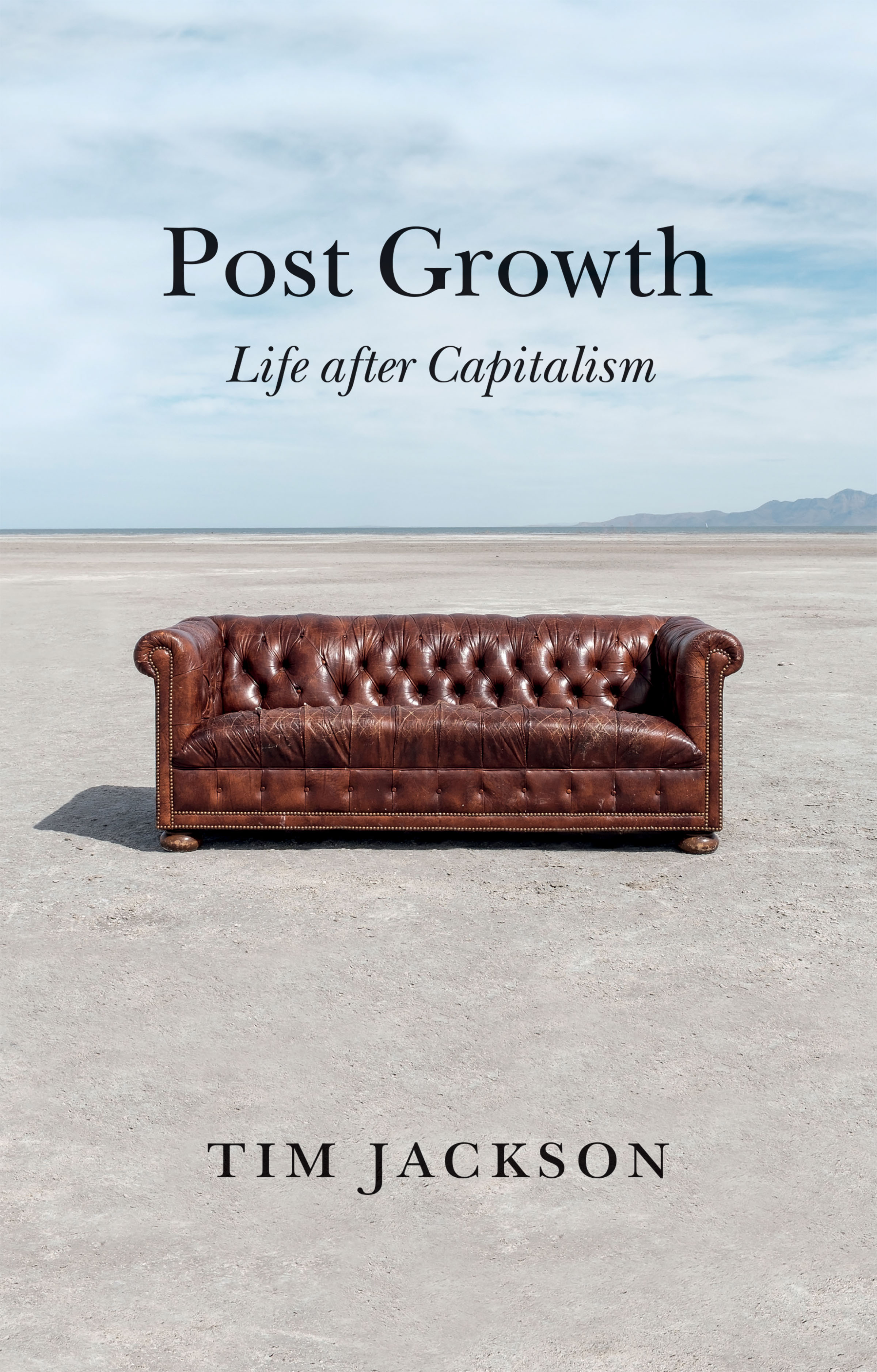
Like me, Hilary is a fan of Tim Jackson, an economist at Surrey University and director of the Centre for the Understanding of Sustainable Prosperity, author of Post Growth and the hugely influential report for the Sustainable Development Commission, Prosperity Without Growth. Jackson puts forward a compelling account of how consumer capitalism has effectively ‘gaslighted’ us into an acceptance of ourselves as selfish, greedy consumers, with disastrous consequences both for ourselves and for the planet. In place of this, Jackson puts forward a view of ‘prosperity’ not as maximal consumption but as ‘health’, as ‘a continual balancing act between deficiency and excess.’ As he puts it in an interview here on Whetstone:
Too little, and we’re struggling with diseases of malnutrition. Too much and we’re tipped into the ‘diseases of affluence’ – obesity, hypertension, diabetes – that now kill more people than undernutrition does. Physiological health is a fundamental element in prosperity. Few would disagree on that. But so too are social and psychological health. In all of these places, ‘balance’ works better than ‘more’ as a guiding principle.
Like Tim Jackson, Hilary believes that our collective response to environmental crisis and the gathering threats to our wellbeing must involve a refusal to be gaslit. The tragedy is not that our altruism, generosity and fairness have atrophied, it is that we have forgotten how to identify and celebrate them. By cheerleading for only one part of our nature, by focussing exclusively on appetite, we are sickening, along with the world on which we are gorging. And this is where Hilary sees serious potential for museums: they can help us recover our shared values, remind us that our history is as much one of solidarity and co-operation as of competition and acquisitiveness. Museums, that is, can remind us of what it is like to be a whole human being, one in balance with itself and the world upon which it depends.
